Chrysin
Synonym(s):5,7-Dihydroxyflavone
- CAS NO.:480-40-0
- Empirical Formula: C15H10O4
- Molecular Weight: 254.24
- MDL number: MFCD00006834
- EINECS: 207-549-7
- SAFETY DATA SHEET (SDS)
- Update Date: 2025-01-27 09:38:02
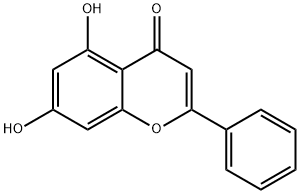
What is Chrysin?
Description
Chrysin is a natural flavonoid with antioxidant, anti-
Chemical properties
beige powder or Pale yellow prismatic crystal (crystallized from methanol) with a melting point of 285°C. This substance is soluble in alkali hydroxide solution and acetone, slightly soluble in ether, ethanol and chloroform, insoluble in water.
The Uses of Chrysin
Chrysin is a flavanoid with anti-inflammatory effect and potential protective effects against cancer and cardiovascular disease. Studies show that Chrysin is central benzodiazepine receptor ligand wit h possible anxiolytic effects. Chrysin was initially believed to have aromatase inhibitor but recent in vivo studies have disproved that.
The Uses of Chrysin
Chrysin is a flavanoid with anti-inflammatory effect and potential protective effects against cancer and cardiovascular disease. Studies show that Chrysin is central benzodiazepine receptor ligand with possible anxiolytic effects. Chrysin was initially believed to have aromatase inhibitor but recent in vivo studies have disproved that. Dyes and metabolites.
What are the applications of Application
Chrysin is an inhibitor of HIF-1α (hypoxia-inducible factor-1α)
Definition
ChEBI: Chrysin is a dihydroxyflavone in which the two hydroxy groups are located at positions 5 and 7. It has a role as an anti-inflammatory agent, an antineoplastic agent, an antioxidant, a hepatoprotective agent, an EC 2.7.11.18 (myosin-light-chain kinase) inhibitor and a plant metabolite. It is a dihydroxyflavone and a 7-hydroxyflavonol.
Biological Functions
Chrysin, also referred to as 5,7-dihydroxyflavone, is a naturally occurring antioxidant flavonoi. It holds immense potential for diverse applications and is being investigated as a potential therapeutic agent for various conditions and diseases. Research on chrysin has revealed its antioxidant, anti-inflammatory, anti-cancer, and anti-diabetic properties, along with its ability to modulate the activity of specific enzymes, hormones, and neurotransmitters. Its therapeutic potential extends to areas like oncology, diabetes, and neurological disorders. Although the precise mechanism of action of chrysin is not yet fully comprehended, research suggests its ability to modulate the activity of enzymes, hormones, and neurotransmitters. For instance, it has shown the potential to influence the activity of aromatase, an enzyme involved in estrogen production. Moreover, chrysin has exhibited inhibitory effects on cancer cell growth and inflammation by influencing the activity of specific enzymes and hormones. It was discovered that Chrysin inhibits HIF-1α (hypoxia-inducible factor-1α) and induces apoptosis.
Source
The main sources of chrysin are honey and propolis, of which the content of chrysin in honey is 5.3 mg/kg and that in propolis is 28 g/L. In addition, chrysin is also found in various vegetables, fruits, herbs, and even mushrooms. Another source of populin is an endophytic fungus Chaetomium globosum, which is related to Chaetomorpha media from India. In addition, chrysin exists in the form of glycosides in walnut, walnut skin, walnut flower and pericarp passion fruit, and in the form of 6-c-arabinoside-8-c-glucoside or glucuronic acid ester in Pinellia ternata.
Properties of Chrysin
| Melting point: | 284-286 °C(lit.) |
| Boiling point: | 357.45°C (rough estimate) |
| Density | 1.2693 (rough estimate) |
| refractive index | 1.4872 (estimate) |
| storage temp. | Keep in dark place,Sealed in dry,Room Temperature |
| solubility | DMSO (Slightly), Methanol (Slightly) |
| form | Crystalline Powder |
| pka | 6.50±0.40(Predicted) |
| color | Yellow |
| Merck | 14,2256 |
| BRN | 233276 |
| Stability: | Stable. Incompatible with strong oxidizing agents. |
| CAS DataBase Reference | 480-40-0(CAS DataBase Reference) |
Safety information for Chrysin
| Signal word | Warning |
| Pictogram(s) |
 Exclamation Mark Irritant GHS07 |
| GHS Hazard Statements |
H315:Skin corrosion/irritation H319:Serious eye damage/eye irritation |
| Precautionary Statement Codes |
P280:Wear protective gloves/protective clothing/eye protection/face protection. P302+P352:IF ON SKIN: wash with plenty of soap and water. P305+P351+P338:IF IN EYES: Rinse cautiously with water for several minutes. Remove contact lenses, if present and easy to do. Continuerinsing. P332+P313:IF SKIN irritation occurs: Get medical advice/attention. P337+P313:IF eye irritation persists: Get medical advice/attention. |
Computed Descriptors for Chrysin
| InChIKey | RTIXKCRFFJGDFG-UHFFFAOYSA-N |
New Products
1-Boc-4-cyanopiperidine tert-Butyl carbazate 1-(TERT-BUTOXYCARBONYL)-2-PYRROLIDINONE TETRABUTYLAMMONIUM CYANIDE TETRAHYDRO-2H-PYRAN-3-OL 3-Pyridineacrylic acid Nickel(II) perchlorate hexahydrate, 98% 4-Bromophenylacetonitrile, 95% 3-Bromo-4-fluoroaniline, 97% Sodium tetraborate decahydrate, 98% Palladium(II) acetate, trimer, Pd 99% 4-Bromo-2-chlorotoluene, 97% Tadalafil Clopidogrel bisulfate Sitagliptin Phosphate Monohydrate Cabergoline Fexofinadine HCl Etoricoxib 4-Amino Acetophenone 2-Chloro Acetophenone Amlodipine Base 2,3,5-Triiodobenzoic Acid Pyrrolidine Diiodo PentoxideRelated products of tetrahydrofuran

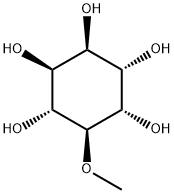
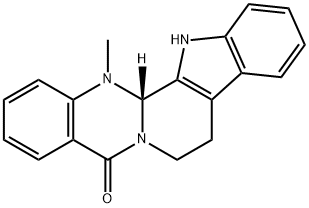
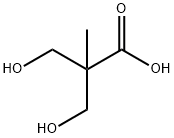

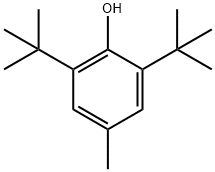
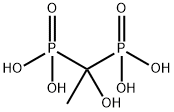
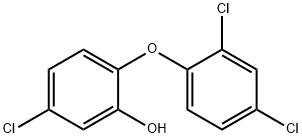
You may like
-
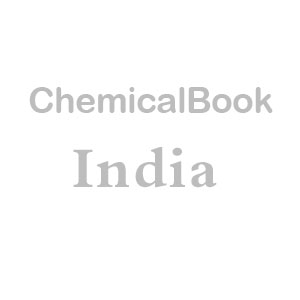 5,7-Dihydroxyflavone CAS 480-40-0View Details
5,7-Dihydroxyflavone CAS 480-40-0View Details
480-40-0 -
 Chrysin CAS 480-40-0View Details
Chrysin CAS 480-40-0View Details
480-40-0 -
 Chrysin 98.00% CAS 480-40-0View Details
Chrysin 98.00% CAS 480-40-0View Details
480-40-0 -
 Chrysin 95% CAS 480-40-0View Details
Chrysin 95% CAS 480-40-0View Details
480-40-0 -
 Chrysin 98% (HPLC) CAS 480-40-0View Details
Chrysin 98% (HPLC) CAS 480-40-0View Details
480-40-0 -
 Chrysin, 98% CAS 480-40-0View Details
Chrysin, 98% CAS 480-40-0View Details
480-40-0 -
 Chrysin 99% (HPLC) CAS 480-40-0View Details
Chrysin 99% (HPLC) CAS 480-40-0View Details
480-40-0 -
 Chrysin 98% CAS 480-40-0View Details
Chrysin 98% CAS 480-40-0View Details
480-40-0
